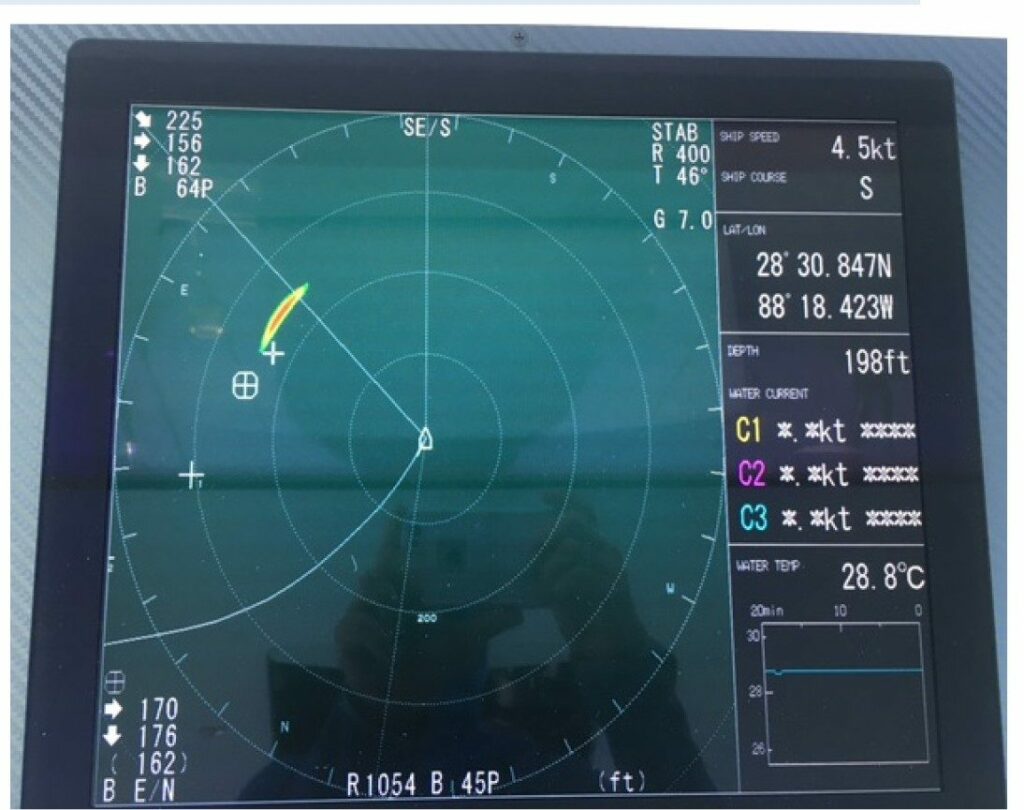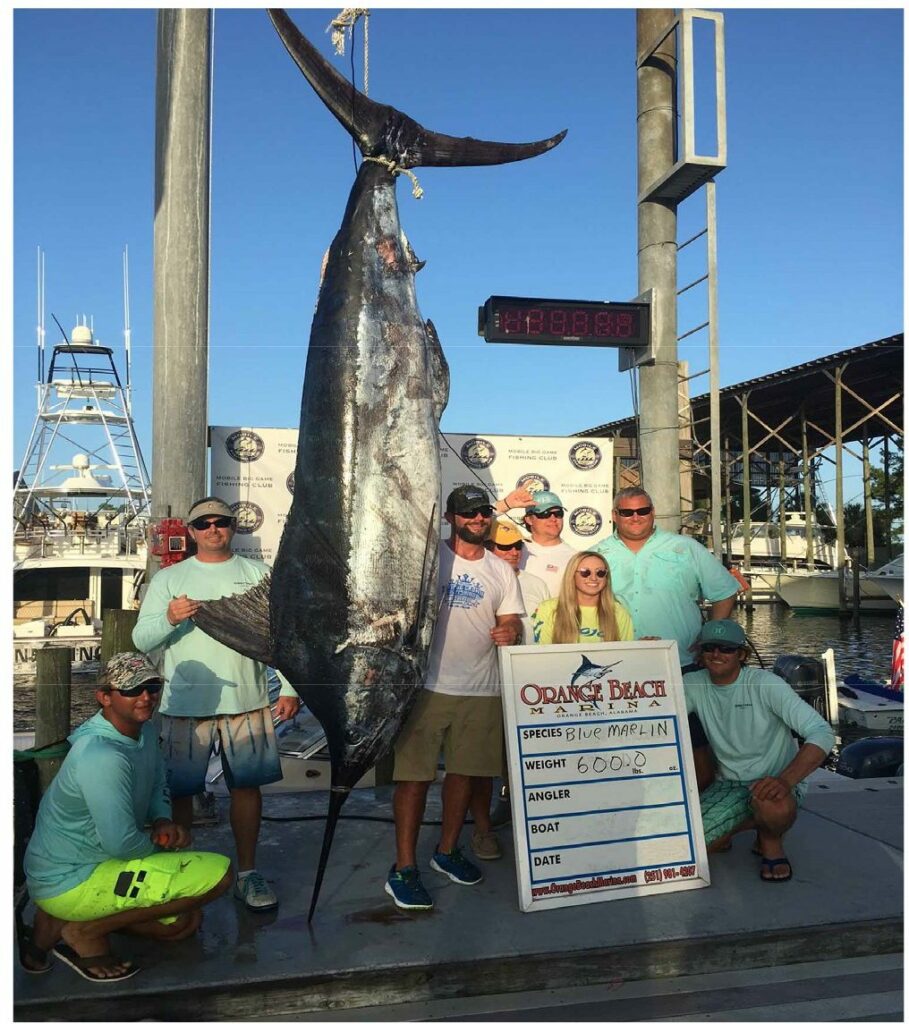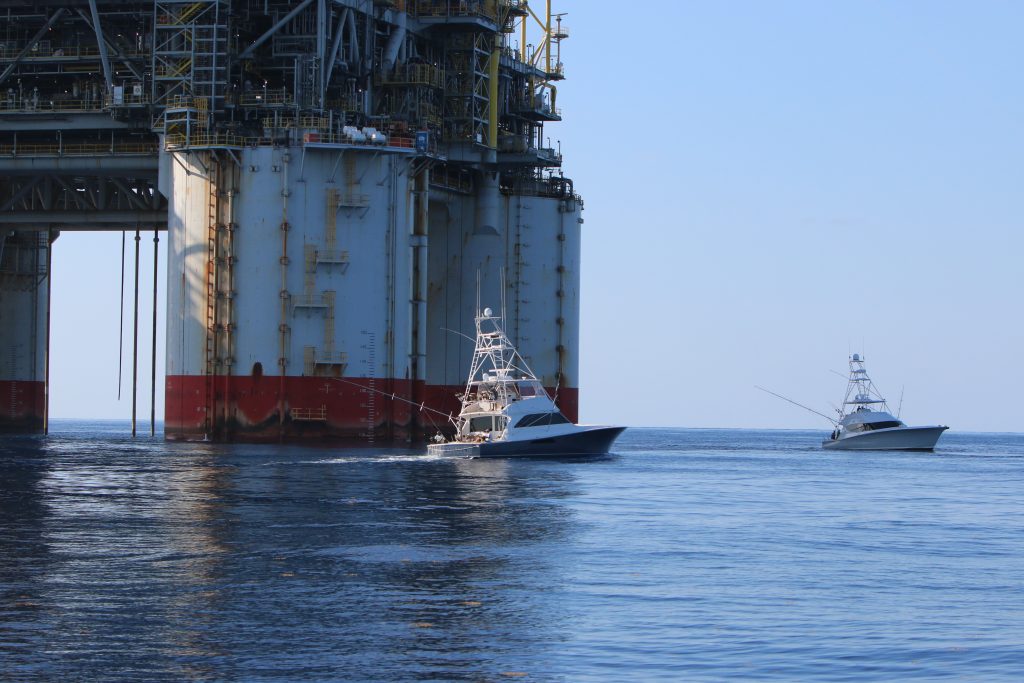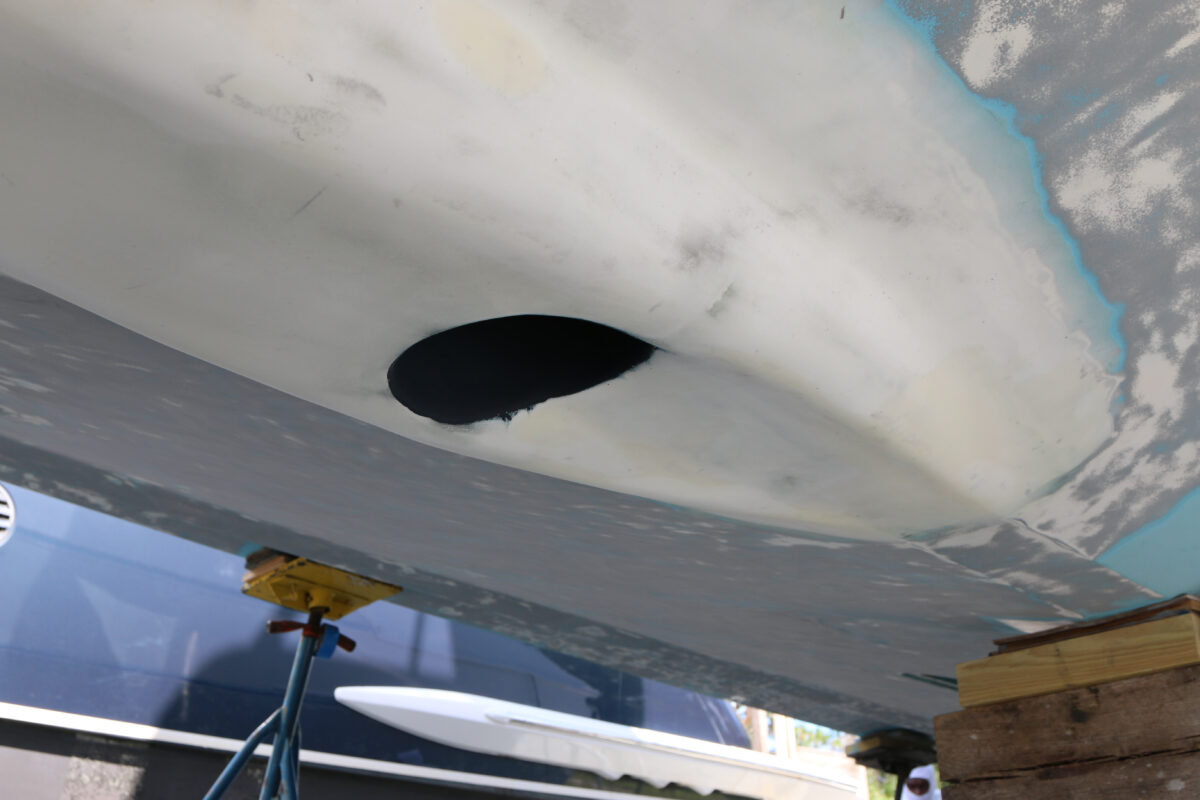It seems that most everyone either has a scanning sonar or is getting a new scanning sonar. The upsurge in installations, along with a variety of brands and models, requires captains and ping jockeys to develop their technical skill and fishing methods to operate a scanning sonar for optimum results. Many new sonar captains want to jump in and become an overnight sensation at operating their sonar, often by “borrowing” the settings from a fellow captain. Some captains feel that using someone else settings will get them the best results without going through the learning curve. Unfortunately, this does not always work as expected. Different boats, different installations, different conditions and more can all affect the performance of the sonar. The best way to learn and become proficient with your sonar is to rack up hours behind the screen while fishing and trying different adjustments in a methodical approach. We all know that captain with the little worn-out notebook at the helm recording critical fishing information about each trip. You can do the same with the sonar settings. Jot down what you tried and what the results were, then take pictures of the screen and settings. This helps you learn what works for your setup. For those using the Furuno CSH8LMK2 “Omni,” Furuno USA offers a great straightforward base settings guide designed for sportfishing. It explains the controls and settings recommended for sportfishing. This is a great starting point for any captain using a Furuno Omni. Other Omni Sonars, such as the MAQ, Simrad Kongsberg and Koden, may take even more time to learn and fine tune for sportfishing since there are less of these systems in use for captains to compare notes. Some sonars have features that are not common across assorted brands, such as beam angle adjustments, that are unique to the MAQ and endless adjustments offered on the Simrad Kongsberg Omni. The use of scanning sonar on sportfish tournament boats was popularized with tournament-dominating wins by sonar boats fishing in the Gulf of Mexico. Captains along the Gulf traditionally make long runs, 100-plus miles from their dock to an oil rig in the gulf as a destination for a multi-day fishing trip. The oil rigs provide the structure to attract fish and therefore also attract anglers. Turns out that the targeted species of fish do not always congregate at every oil rig all the time. Scanning sonar provides the intelligence that guides captains to the fish; they run the boat to an oil rig that is expected to be a productive fishing area, and upon arrival, they slow the boat to trolling speed and deploy the scanning sonar. A slow troll around the rig while carefully watching the sonar screen will quickly indicate the presence of baitfish and/or pelagic fish. If fish and bait are marked on the sonar, they stay in that area and begin fishing. If the sonar does not show fish or bait, they run to another rig that shows activity on the sonar. Some sonars can cast a beam that covers as much as 72 acres. This provides the covert intelligence that is often needed to put your anglers in the right place at the right time.
Is Operating a Sonar Difficult?
One of the best ways to understand scanning sonar operations is to compare it to marine radar. Many captains are familiar with radar controls and understand that in order to get the best radar returns on the screen the radar needs to be fine-tuned for each trip, adjusting for weather and sea conditions to obtain the optimal radar picture that best represents the actual surroundings. Modern radars often include automatic functions to fine tune the radar for best performance. Scanning sonars operate on similar principals, transmitting a radial signal from the boat to detect what is under the water near the boat. Scanning sonars, unlike modern radars, do not have an “easy” button or automatic setting feature. Sonars allow adjustments of numerous settings, just like the manual setting a captain would make on the radar, for weather conditions, sea conditions, proximity to other boats and natural features. The daily fishing environment drastically affects the adjustments necessary for a sonar to display an accurate image of the subsurface area around the boat. For example, captains who fish with sonar in the calm, clear waters of the Pacific off Costa Rica have settings that provide a great image of the surrounding waters. When fishing the same boat and same sonar in the mid-Atlantic canyons, they need to use distinctly different settings to obtain the best image of their surroundings. When fishing in the waters in Florida, The Bahamas and Caribbean islands, operating a sonar requires even more skills with adjustments and settings, particularly with the shallower water, edges and drop-offs. These all add to the unique adjustments of a scanning sonar. The most basic adjustments are range, gain and tilt angle. Once the more complex settings are set, these three basic adjustment settings are often adjusted constantly throughout the day. These adjustments are also the easiest to learn and changes often provide immediate feedback by observing the sonar screen image. Furuno offers a small handheld sonar remote with only tilt, range and gain control.
Beam Tilt Angle
Boat size, stability and sea conditions can easily affect the beam tilt angle. Boats that utilize a Seakeeper while fishing can also positively affect the sonar beam angle. At 1000 feet sonar range, a one-degree change in pitch or roll of the boat results in a vertical sonar beam change of 17 feet. A boat that is steadier in the water with less pitch and roll provides a more consistent sonar image. A Seakeeper provides roll stabilization and will stabilize the sonar transducer so that the screen image will be more consistent. For example, if the sonar beam is set to a low tilt angle to cover the top of the water column and the bow of the boat pitches upward five degrees, the sonar beam coverage moves up 85 feet at 1000 feet out. Too little of a tilt angle can allow the sonar to reflect off the underside of the waves, filling the sonar screen with an interface. In shallow water, too much beam tilt angle may cause you to pick up the seafloor, resulting in a large circular image dominating the screen. Whereas adjusting to a lesser tilt angle will provide better coverage of the water column. Learning about tilt angle, combined with range, allows you to learn how to adjust the beam angle during varying sea conditions. Furuno provides a great graphical guide that every sonar captain should keep nearby the sonar control station.
Range
Like a marine radar, the range is an adjustment on how far away the sonar should “look” for subsurface objects. This adjustment should be changed depending on the environment. When fishing near other boats, the range should be decreased to avoid displaying interference from the other boats prop wash and their sonar if operating on similar frequencies. When scouting for fish, a longer range will increase the area scanned. Adjusting the sonar range from 500 feet to 800 feet results in an additional 28 acres of horizontal coverage and 70 feet of additional depth coverage at 800 feet.
Gain
Most captains are familiar with the gain adjustment of radar and depth sounders; the sonar gain operates very similarly. Gain changes the sonar receiver’s sensitivity”the higher the gain, the more sensitive the sonar is to picking up objects. Use as much gain as possible until there is too much additional noise cluttering the screen picture making pinpointing actual fish difficult. The technical aspects of a scanning sonar are exciting and often become the focus of the captain time at the helm. This often causes the captain to unintentionally overlook one of the most basic principles of sonar fishing: reimagining fishing and trolling. When arriving at the offshore fishing grounds, traditional captains tend to congregate near productive areas and other boats. When sonar fishing, heading to congested fishing areas adversely affects the productive use of the sonar for two reasons. First, other boats nearby that have a sonar on a similar frequency can create interference, rendering both sonars ineffective. Secondly, the prop wash “noise” from the other boats may overcome the ability to see fish within the clutter on the sonar screen. If you have ever tried to use your sonar in heavy rain, you may have noticed that even just the noise of the rain hitting the sweater interferes with sonar’s sensitivity. The same goes for operating a sonar near any noise producing objects. These commercial-grade sonars are very sensitive to all underwater noises. You need to be cognizant of your surroundings. Even if you can’t hear the noise, the sonar can. Fishing away from other boats gives you a better opportunity to find and track fish.
Trolling with Sonar
Captains have their favorite trolling patterns and methods they have developed with years of fishing. Up sea, down sea, circles, zigzags, favorite spots, bottom structure, everyone has their go-to trolling method. With sonar, you should be scouting for fish while trolling. And with a coverage of 72 acres at 1000-foot range, steering the boat in a straight line within the desired fishing area provides a thorough method to cover a large portion of the ocean, allowing you to change course as fish are detected with the sonar.

Fine-tuning your sonar allows you to easily see individual fish. (Photo/Furuno)

(Photo/Furuno)














